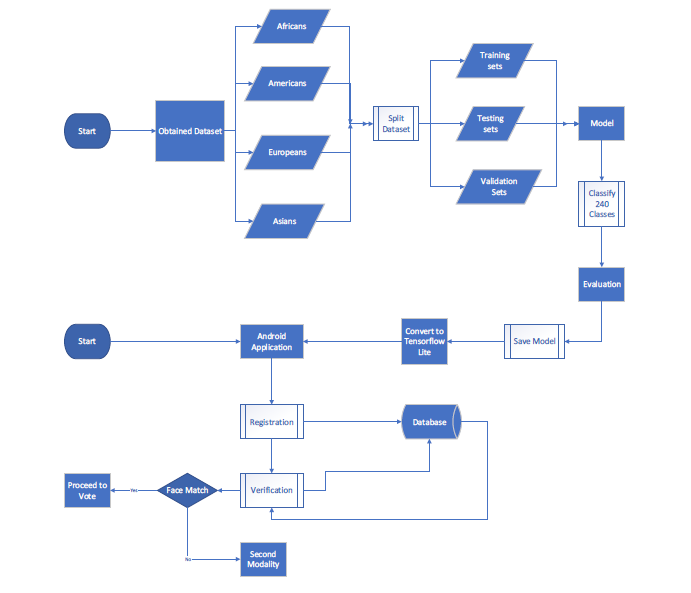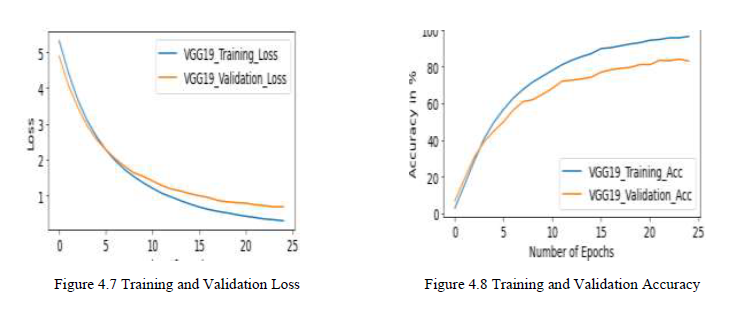
Abstract
The selection of a good leader plays a major role in the development and sustainability of a country economic growth. The means by which these leaders are selected should be free from various malpractices by enabling a reliable system that ensure accountability and transparent electoral process. The earliest system adopted posed great threat to the security of life and properties of the voters which led to the introduction of the secret ballot system in which accreditation and authentication are done by means of sighting. While this system was considered as a good replacement of the open ballot system yet it gives room for various electoral malpractices. This brought about the introduction of electronic voting by the use of smart card reader for accreditation and authentication, but this system failure to authenticate eligible voters in several cases lead to the proposal for the integration of computer vision technology with the existing system. The underlying demographics of datasets used to train face verification models are frequently insufficient to account for the huge range of facial traits found in people all over the world. To mitigate these limitations, we design a model based on the popular VGG architecture and a dataset rich enough to represent the geographical diversity of people across the world and introduced the just published FaVCI2D dataset for evaluation of the model. which was then deployed for authentication of voters for use in the electoral process using an Android application system. The bulk of reported biases are attributable to the use of demographically unbalanced training data in the creation of face recognition algorithms. We were able to improve performance of face verification model using dataset of suitable technical design as stated by (Popescu et al, 2021).
Methodology
The implementation for this thesis was obtained from (Simonyan, 2015) but contains a number of significant modifications ranging from datasets to model architecture and mode of operation of our android application. (Popescu et al, 2021) proposed a sound design of face recognition or verification datasets which was ensured was incorporated in the implementation of this study. The number of our unique identities and total number of images for training our face recognition models was large enough to represents the general population, Also, a balanced demographic factor such as gender and geographic origin were also put in consideration and we introduced a challenging genuine and imposter pairs of images for evaluation of our model.

Conclusion
The current performance of face verification provides an illusion that the task has been effectively solved, however (Popescu et al, 2021) argues that existing datasets were constructed utilizing two oversimplifying design decisions. In practice, verification is required to detect challenging imposters, thus the standard identity selection from impostor pairs is insufficient. Furthermore, existing demographic datasets are insufficient to depict the great range of facial traits found in people all across the world. In this study, a functional model based on the VGG Convolutional Neural Network (CNN) was designed and trained with dataset of sound technical characteristics suitable for training face verification models as proposed by (Popescu et al, 2021), and its performance was verified using the recently published FaVCI2D dataset. We offer some fascinating insights into the processes that must be taken in order to create a fair face verification process. The bulk of reported biases are attributable to the use of demographically unbalanced training data in the creation of face recognition algorithms. We were able to improve performance of face verification model using dataset of suitable technical design stated by (Popescu et al, 2021).
